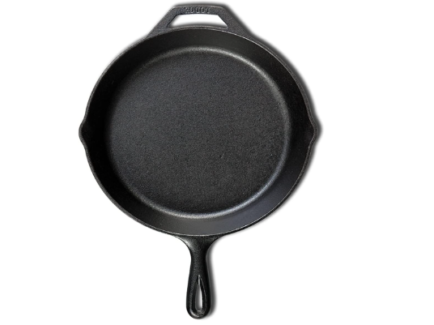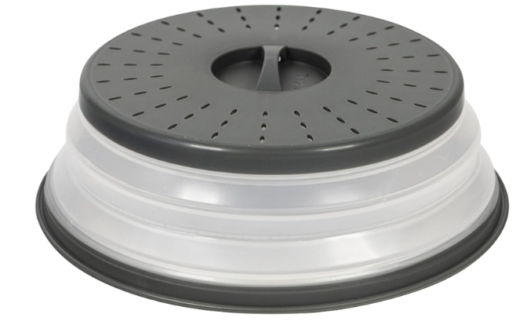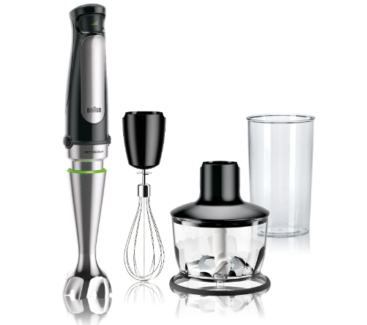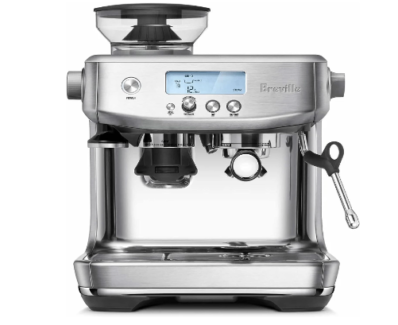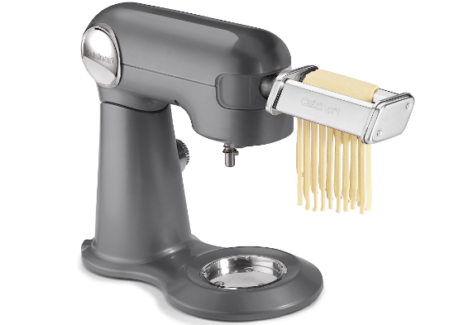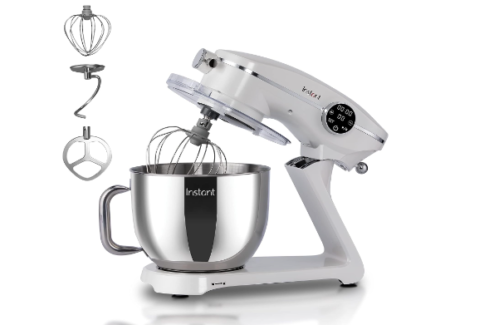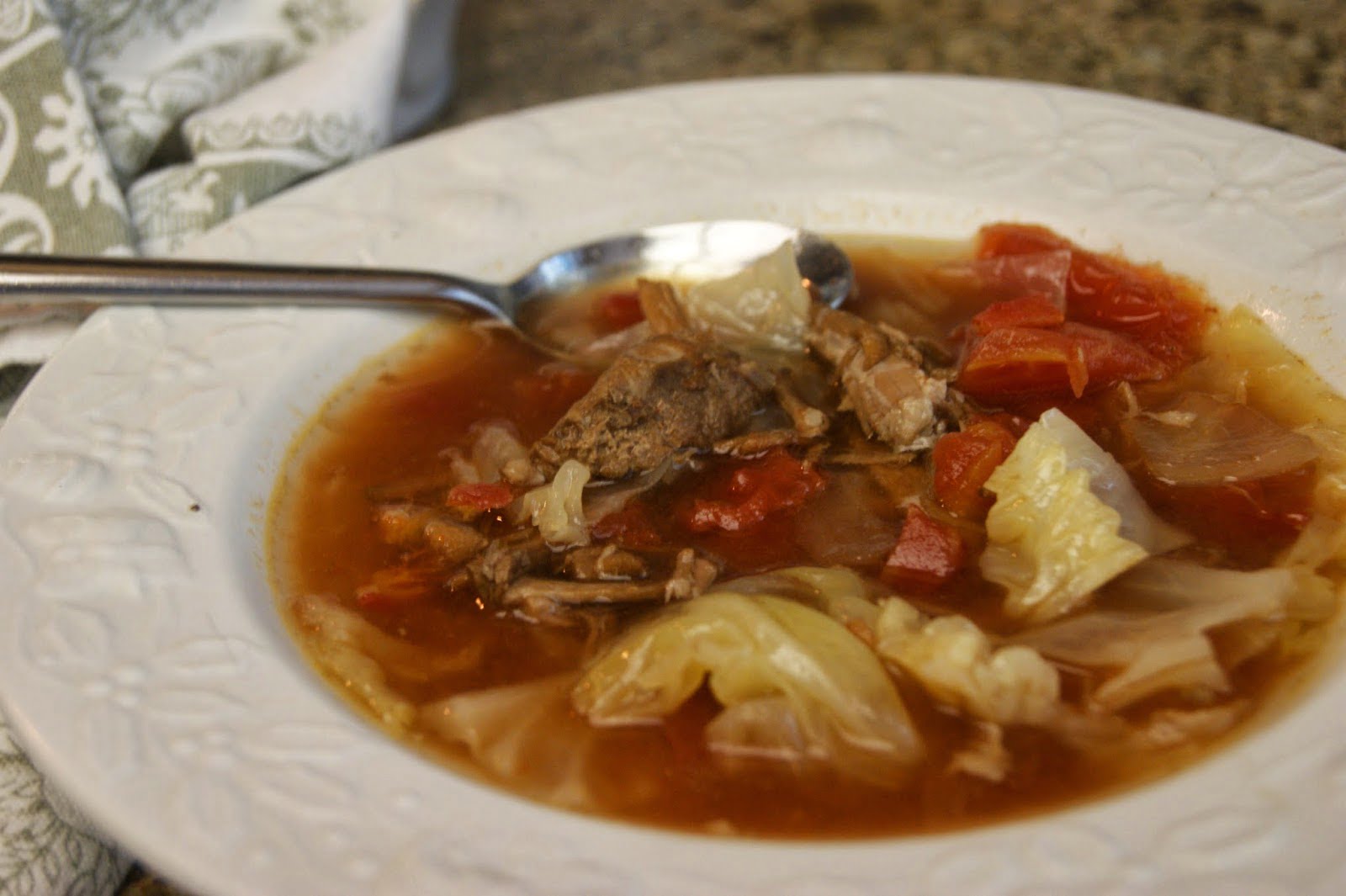
Cabbage soup is a hearty and nutritious meal that can be enjoyed on its own or as a side dish. It is also a popular recipe for canning, as it can be stored for long periods of time and enjoyed throughout the year. Pressure canning is the recommended method for canning cabbage soup, as it can help to preserve the quality and flavor of the soup while ensuring that it is safe to consume. By following proper canning procedures and using a tested recipe, you can safely and easily preserve your cabbage soup for later consumption.
What does pressure canning cabbage soup taste like?
The taste of pressure-canned cabbage soup can vary depending on the recipe used, but it generally retains its flavor and texture well. Cabbage soup typically has a savory, slightly sweet taste with a rich and hearty broth. The flavor of the vegetables and meat used in the soup can also be enhanced by the canning process, resulting in a flavorful and satisfying meal. However, it is important to use a tested recipe and follow proper canning procedures to ensure that the soup is safe to consume and retains its quality and flavor over time.
Which kinds of cabbage can you use for pressure canning?
You can use different types of cabbage for pressure canning, such as green cabbage, red cabbage, savoy cabbage, Napa cabbage, and others. The type of cabbage used will affect the flavor and texture of the soup.
For example, green cabbage has a mild flavor and is commonly used in cabbage soup, while red cabbage has a more robust flavor and can add color to the soup.
Savoy cabbage has crinkly leaves and a sweeter taste than green cabbage, while Napa cabbage has a milder taste and a thinner, more delicate texture. Ultimately, the choice of cabbage depends on personal preference and the recipe being used.
Why should you use pressure canner for canning cabbage soup?
It is recommended to use a pressure canner for canning cabbage soup because it is a low-acid food. Cabbage soup contains a combination of vegetables and meat, which have a pH level above 4.6, making it a low-acid food.
Low-acid foods are at a higher risk of bacterial growth and spoilage, which can cause foodborne illness if consumed. A pressure canner can safely raise the temperature of the food to the required level, which is necessary to kill any bacteria and ensure that the food is safe to eat.
The pressure canner creates a sealed environment that helps to prevent the growth of microorganisms, keeping the soup fresh for an extended period of time. Therefore, it is essential to use a pressure canner for canning cabbage soup to ensure safety and preserve the quality and flavor of the soup.
How to use pressure canner for canning cabbage soup
Here are the general steps for using a pressure canner to can cabbage soup:
- Prepare the soup: Use a tested recipe to make the cabbage soup. Make sure to follow the recipe carefully and use high-quality, fresh ingredients. Cook the soup thoroughly before canning.
- Prepare the jars: Wash the jars, lids, and bands in hot soapy water and rinse well. Keep the jars and lids hot until ready to use. You can keep them in a pot of hot water or in a heated oven.
- Fill the jars: Using a canning funnel, fill the hot jars with the hot soup, leaving 1 inch of headspace at the top. Wipe the rims clean with a damp cloth to remove any food particles or residue.
- Apply the lids and bands: Place the lids on the jars and screw on the bands until they are fingertip-tight. Do not overtighten the bands.
- Load the jars into the pressure canner: Place the filled jars into the canner, making sure that they are not touching each other and that there is enough water in the canner to cover the jars by at least 1 to 2 inches.
- Process the jars: Follow the processing time and pressure recommended in the recipe and by the manufacturer of your pressure canner. Start the canner and allow it to vent for 10 minutes before placing the weight on the vent port to build pressure. Once the canner reaches the recommended pressure, start the timer and process the jars for the recommended time.
- Remove the jars: Turn off the heat and allow the canner to cool down and release pressure naturally. Once the pressure has been released, carefully remove the weight and open the canner lid. Use a jar lifter to remove the jars from the canner and place them on a towel or cooling rack.
- Check the seals: Once the jars have cooled, check the seals by pressing on the center of the lid. If the lid doesn’t move, the jar is sealed. Label the jars with the contents and the date and store them in a cool, dry, and dark place.
Note: These are general steps, and it is essential to follow a tested recipe and the manufacturer’s instructions for your specific pressure canner.
What can pressure canning cabbage soup be used for?
Pressure canning cabbage soup allows you to preserve this hearty and nutritious meal for later consumption. The canned cabbage soup can be used as a standalone meal, or as a side dish with other meals. You can also use the canned cabbage soup as a base for other soups or stews, adding in other ingredients as desired.
Pressure-canned cabbage soup can be stored for an extended period of time, which makes it a convenient and practical option for those who want to have a healthy and delicious meal on hand whenever they need it.
Additionally, canning your own cabbage soup allows you to control the ingredients and ensure that the soup is made with high-quality, fresh, and healthy ingredients.
How long does it take to can cabbage soup in pressure canner?
The processing time and pressure required for canning cabbage soup in a pressure canner can vary depending on the type of pressure canner, altitude, jar size, and the recipe used. Therefore, it is crucial to use a tested recipe that provides specific instructions for canning cabbage soup.
In general, the processing time for canning cabbage soup in a pressure canner ranges from 60 to 90 minutes, and the pressure required is 10 to 15 PSI (pounds per square inch). The processing time and pressure may also vary based on the altitude of your location. It is important to consult a reliable source, such as the USDA Complete Guide to Home Canning, for specific processing times and pressures for your location and recipe.
It is crucial to follow the recommended processing time and pressure carefully to ensure the safety of the canned soup. Overprocessing the soup can cause it to become overcooked and mushy, while underprocessing can lead to bacterial growth and spoilage.
Tips for canning cabbage soup in pressure canner
Here are some tips for canning cabbage soup in a pressure canner:
- Use a tested recipe: Cabbage soup can be a low-acid food, which requires pressure canning to ensure safety. Use a tested recipe from a reliable source, such as the USDA Complete Guide to Home Canning or a reputable cookbook, to ensure the correct processing time, pressure, and ingredients.
- Use fresh ingredients: Use fresh, high-quality ingredients when making cabbage soup for canning. Avoid using wilted or spoiled vegetables, as they can affect the safety and flavor of the soup.
- Don’t overfill the jars: Leave a 1-inch headspace at the top of each jar to allow for expansion during processing. Overfilled jars can prevent air bubbles from escaping and increase the risk of spoilage.
- Use a canning funnel: A canning funnel can help you fill the jars neatly and avoid spills and drips that can affect the seal of the lids.
- Release air bubbles: Use a non-metallic utensil, such as a plastic spatula, to remove air bubbles from the jars before processing. This can prevent uneven heating and increase the safety of the canned soup.
- Use a pressure canner: Do not use a boiling water canner to can cabbage soup, as it is a low-acid food and requires pressure canning to prevent the growth of harmful bacteria.
- Adjust for altitude: If you live at a high altitude, you may need to adjust the processing time and pressure to ensure safety. Consult a reliable source for altitude adjustments.
- Follow manufacturer’s instructions: Always follow the manufacturer’s instructions for your specific pressure canner, including how to safely vent and open the canner.
By following these tips, you can safely and successfully can cabbage soup in a pressure canner.
Related Posts
Why Trust Us
You will find what you are looking for at Jody's Bakery. From classic to luxury brands, you'll find both. We will help you to select appliances that fit your needs, budget and lifestyle. Whether you want to stop by to learn more — or plan to make a major purchase — we’ll treat you like family and assist you every step of the way. Shop with us today to receive friendly and experienced help along the way.







